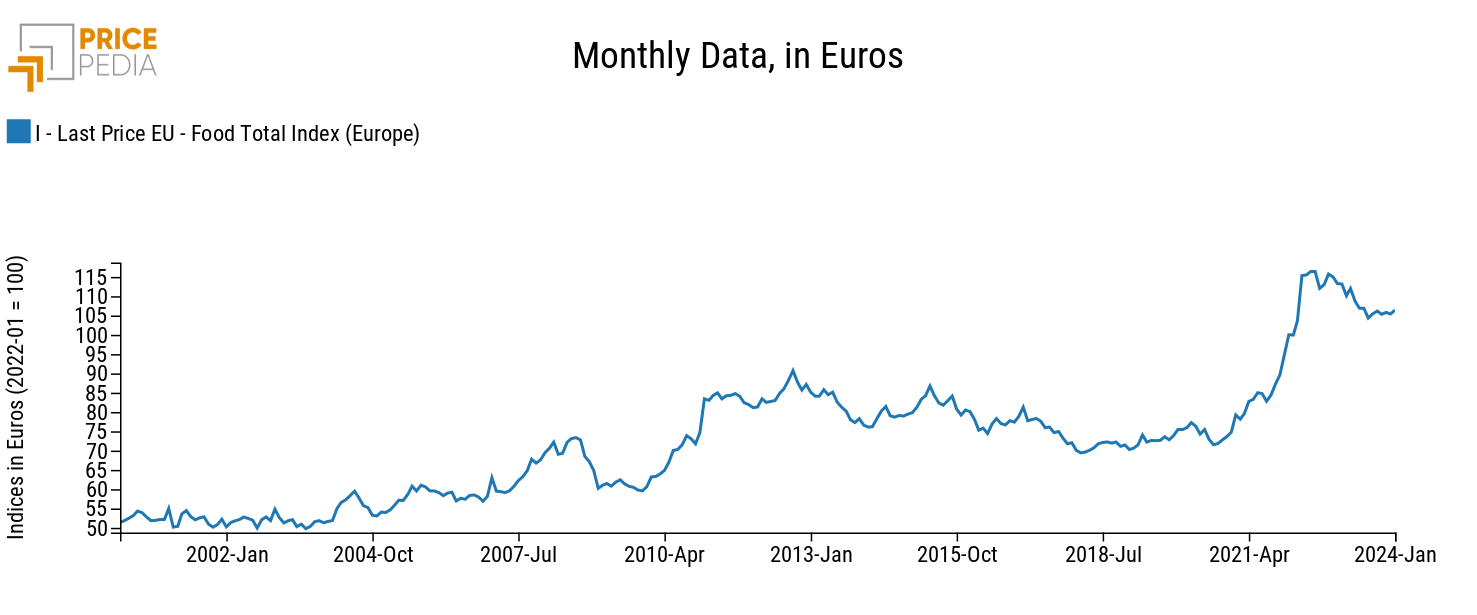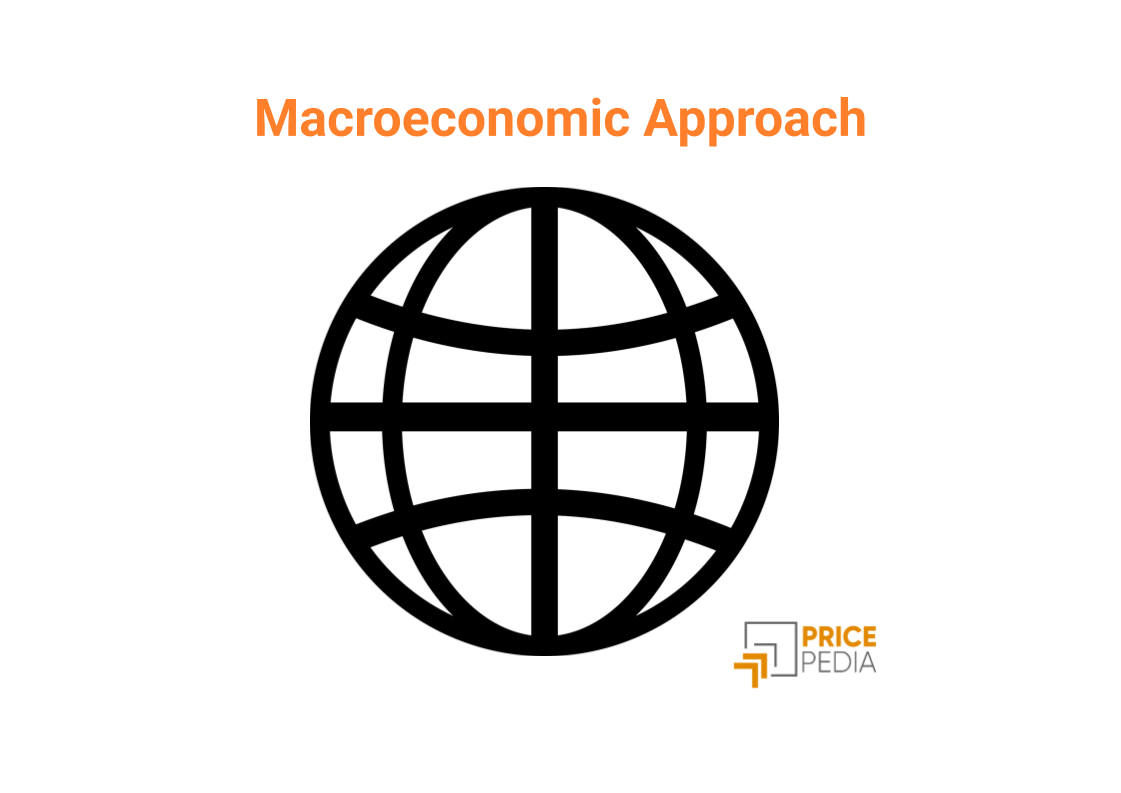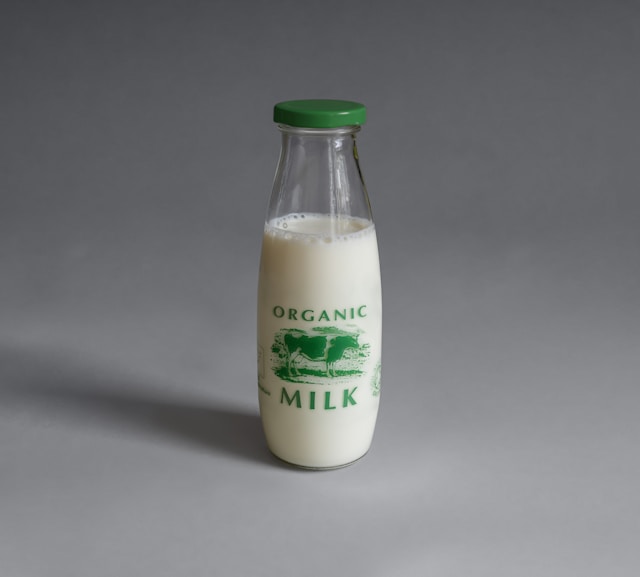What prospects for Food prices in 2024-2025?
Published by Pasquale Marzano. .
Food ForecastThe prices of food products have been marked by intense growth in the biennium 2021-2022, caused by bottlenecks in global value chains and the increase in costs of fertilizers produced from natural gas.
Below, the trend of the Food Total Index (Europe), which aggregates European food prices, is illustrated.

The Russian invasion of Ukraine, one of the main global suppliers of cereals, led the index to reach its historical peak in July 2022. The entry into force of the Black Sea Grain Initiative (BSGI) in the same month laid the groundwork for a mitigation of risks related to the transport of cereals along the Black Sea and a decrease in prices, which took place in the following months and continued until July 2023.
Since July 2023, the month in which the BSGI expired, aggregated food prices have remained relatively stable. However, this stability reflects dynamics of opposite signs within the same category, as reported in the weekly article Commodities, European market weakness and Russia sanctions: on the one hand, the prices of tropical products, which have recently reached historical highs, and on the other hand, the prices of other subcategories, especially cereals and wheat, which in January recorded year-on-year variations of over -25% compared to the same month of the previous year.
In light of the different dynamics involving the prices of food raw materials, it is useful to understand whether this will tend to persist in the years 2024-2025 and, above all, whether prices will return to the levels preceding the growth cycle of 2021-2022.
Do you want to stay up-to-date on commodity market trends?
Sign up for PricePedia newsletter: it's free!
Forecast of food prices
Below it is shown the table with the annual percentage changes compared to the 2019 average, in euros, for the years 2022-2025, related to aggregate food indices.
Food Indices: Annual variations (%) compared to 2019
| 2022 | 2023 | 2024 | 2025 | |
|---|---|---|---|---|
| I-PricePedia Scenario-Food Total Index (Europe) (7-02-2024 Info) | +53.19 | +47.92 | +47.47 | +45.23 |
| I-PricePedia Scenario-Soy Index (Europe) (7-02-2024 Info) | +83.77 | +61.91 | +37.63 | +31.75 |
| I-PricePedia Scenario-Oils and Fats Index (Europe) (7-02-2024 Info) | +75.65 | +81.76 | +79.58 | +63.34 |
| I-PricePedia Scenario-Wheat Index (Europe) (7-02-2024 Info) | +76.90 | +40.10 | +29.22 | +32.31 |
| I-PricePedia Scenario-Tropical Products Index (Europe) (7-02-2024 Info) | +56.90 | +53.16 | +92.75 | +94.45 |
| I-PricePedia Scenario-Other Cereals Index (Europe) (7-02-2024 Info) | +85.65 | +46.18 | +28.85 | +29.41 |
From the table, it is noted that food prices over the next two years remain significantly higher than the 2019 average values: in the 2025 average, the Total Food index is +45% higher than 2019.
As for the price indices related to subcategories, in 2024, the gap narrows compared to 2019 values, except for Tropical products, which record an increase of over +92% in 2024 and +95% in 2025. These are influenced by geopolitical risks related to the consequences of the Israeli-Palestinian conflict, as well as climatic and meteorological risks.
The Oils and Fats index also remains high, albeit reduced, as it recorded values in 2023 at +81.8% compared to the 2019 average, mainly linked to the sharp increase in the prices of olive oil, marked by supply shortages due to drought in the main producing countries such as Spain.
Conclusions
In recent months, food prices have stabilized at levels slightly below the historical highs reached in 2022. In the next two years, there will be room for a reduction in prices. However, this will not be sufficient to bring prices back to the 2019 pre-pandemic levels.
Pasquale MarzanoEconomist and data scientist. At PricePedia he deals with the analysis of commodity markets, forecasting models for raw material prices and management of reference databases.


